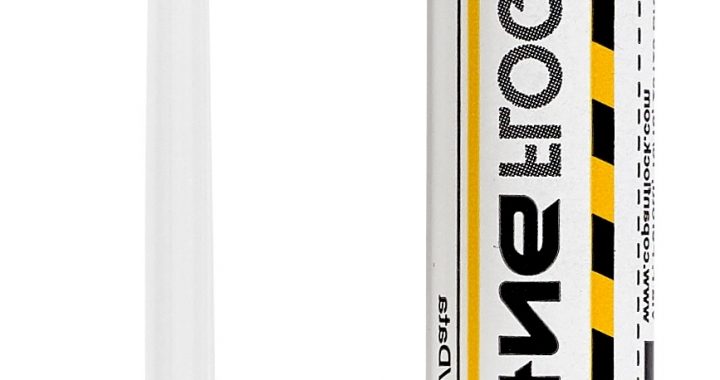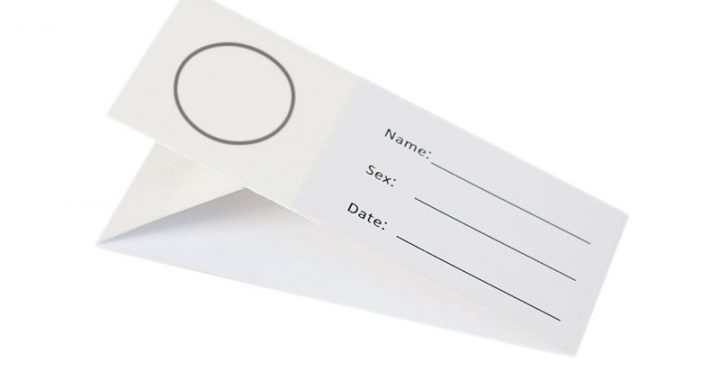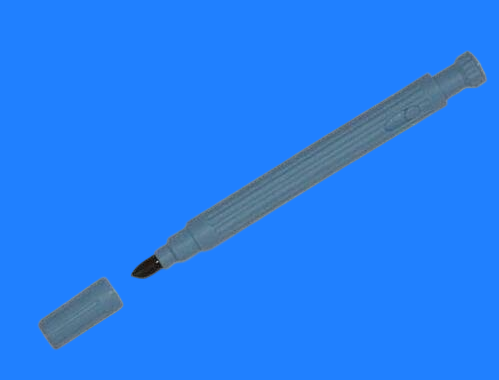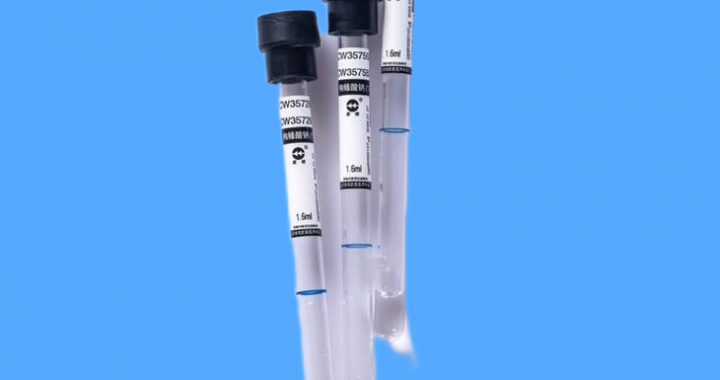DNA collection at crime scenes or other on-site locations is crucial for forensic investigations. A complete set of on-site DNA collection tools ensures that all evidence is gathered efficiently and securely. These tools are designed to minimize contamination and preserve the integrity of the collected samples. This article covers the essential components of a complete DNA collection kit, their features, and their role in forensic and investigative work.
What is an On-Site DNA Collection Tool Kit?
An on-site DNA collection tool kit is a specialized set of instruments designed for collecting biological samples, such as blood, saliva, skin cells, or hair, directly from a crime scene, medical facility, or any location where DNA evidence is found. These kits are used by law enforcement, forensic professionals, and medical personnel to gather DNA samples quickly and without compromising the evidence. The kit typically includes various tools for sample collection, preservation, and transportation to ensure that the evidence remains uncontaminated and viable for analysis.
Components of a Complete On-Site DNA Collection Tool Kit
-
DNA Swabs:
DNA swabs are the most commonly used tool for collecting biological material from surfaces. Flocked swabs, made with a nylon or polyester tip, are particularly effective at collecting DNA due to their high absorbency and minimal shedding of fibers. These swabs are ideal for collecting saliva, blood, or skin cells from various surfaces.
-
Blood Collection Tubes:
These tubes are used for collecting blood samples at the scene. The tubes are typically designed with additives to stabilize the sample and prevent clotting. Some tubes are equipped with anticoagulants to preserve the DNA in the blood.
-
Sample Bags:
Sample bags, often made from tamper-evident materials, are essential for safely storing and transporting DNA samples. These bags are often designed with special seals and labels to ensure the integrity of the chain of custody. Many bags also include desiccants or absorbents to prevent contamination or degradation during transport.
-
Sterile Gloves:
Wearing sterile gloves is crucial for preventing contamination during the collection process. Gloves help avoid cross-contamination between the person collecting the sample and the sample itself.
-
Sterile Containers and Vials:
Sterile containers or vials are included in the kit to safely store swabs, blood samples, or hair for transport. These containers are designed to prevent any external contamination and protect the sample until it reaches the lab.
-
Sealing Tape:
Sealing tape is used to securely close sample containers and bags to ensure that no tampering or contamination occurs before analysis. The tape may also include special security labels for chain-of-custody purposes.
-
Collection Forms:
Collection forms are provided to document the details of the collected samples, such as the type of sample, the time and date of collection, the location, and the name of the person collecting the sample. This ensures proper record-keeping and maintains the chain of custody.
-
Transport Packaging:
Transport packaging, including insulated bags or coolers, is included to maintain the proper temperature and conditions for the samples during transit. Proper packaging ensures that samples are protected and preserved throughout the transport process.
Advantages of a Complete Set of On-Site DNA Collection Tools
-
Efficiency and Convenience:
A complete set of tools simplifies the DNA collection process, ensuring that forensic professionals have everything they need in one kit. This improves efficiency and helps speed up evidence gathering at the scene.
-
Minimizes Contamination:
By using specialized tools designed for DNA collection, the risk of contamination is minimized. Tools like sterile swabs and sample bags help preserve the purity of the DNA, ensuring that the collected evidence is reliable for analysis.
-
Maintains Chain of Custody:
The inclusion of security seals, tamper-evident bags, and documentation ensures that the chain of custody is maintained from the moment the sample is collected until it reaches the laboratory. This is crucial for the integrity of the evidence in legal contexts.
-
Preservation of Sample Integrity:
Proper packaging, storage, and transportation materials help preserve the integrity of DNA samples, ensuring they remain viable for analysis, even if they are transported over long distances or exposed to environmental conditions.
-
Adaptability to Different Situations:
A complete set of tools is adaptable to various environments, whether it’s a crime scene, medical facility, or outdoor location. The tools are designed to collect DNA from a variety of surfaces and sample types, making them versatile for different types of investigations.
Applications of On-Site DNA Collection Tool Kits
-
Crime Scene Investigations:
On-site DNA collection is essential in criminal investigations, where DNA evidence can help identify perpetrators, exonerate suspects, or link crimes. A complete set of tools ensures that DNA samples are gathered systematically and preserved properly for later analysis.
-
Medical and Forensic Use:
These kits are also used in medical or forensic contexts to collect samples from patients or victims. They are essential in situations where DNA needs to be collected quickly and securely for diagnosis, legal investigations, or research purposes.
-
Environmental Sampling:
DNA collection kits can be used in environmental sampling to gather evidence from contaminated areas or from wildlife for research or monitoring purposes. The tools can help collect DNA samples from soil, water, or animal tracks.
-
Identification of Missing Persons:
DNA collection kits are used by forensic teams to help identify missing persons or to collect DNA from relatives for comparison purposes. These kits ensure that the samples are collected and stored properly for comparison.
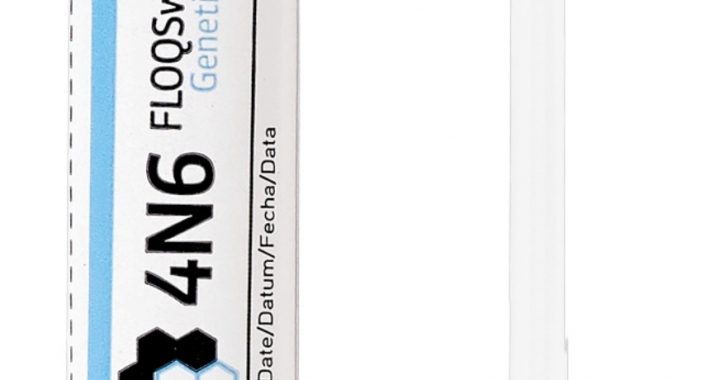
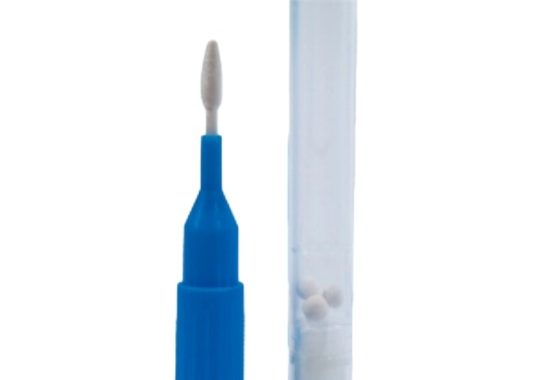
-双管生物样本采集套装-400x380.png)
